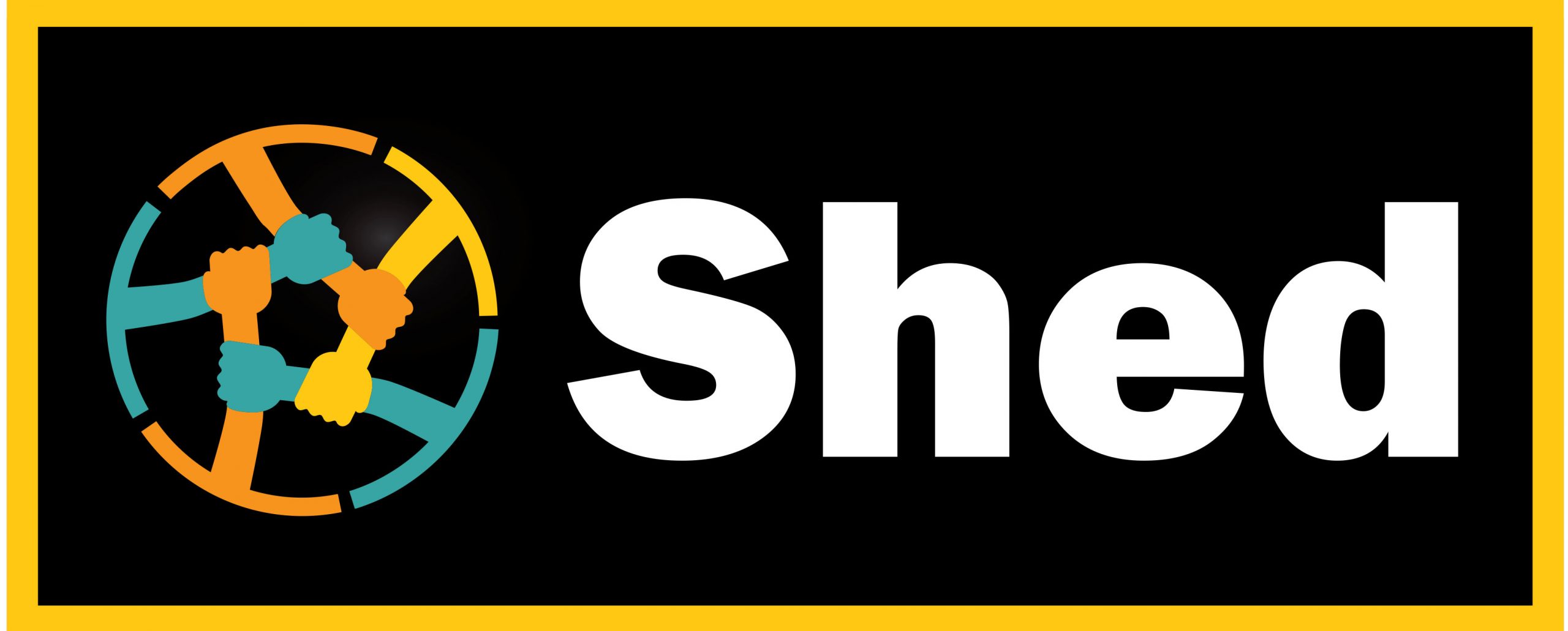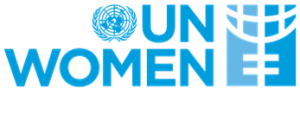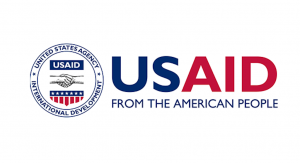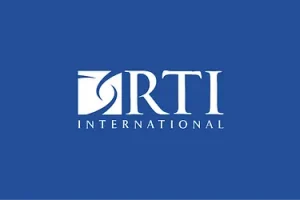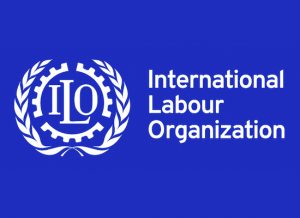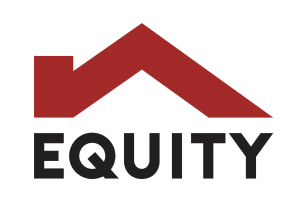Health Program
Get in touch with us for more information about SHED Uganda
HIV/AIDS
HIV/AIDS remains a serious public health problem globally and especially in Sub-Saharan Africa.

An adolescent testing for HIV in one of SHED’s outreaches.
Key Facts about HIV/AIDS in Uganda
- In a country where 1.4 million people are living with HIV, women and adolescent girls in particular are disproportionately affected.
- HIV prevalence rates are much higher among key populations (KPS) than the general population; 13% for men who have sex with men (MSM) and 35% for sex workers (SWS).
- Evidence shows that most new HIV infections are occurring among young people 17-24 years and especially among young girls.
- There are many political and cultural barriers which have hindered effective HIV prevention programming in Uganda. As a result, new HIV infections are expected to rise in coming years.
- While there have been increased efforts to scale up treatment initiatives in Uganda, there are still many people living with HIV who do not have access to the medicines they need.
- Punitive laws and stigmatising attitudes towards men who have sex with men, sex workers, and people who inject drugs has meant that these groups most vulnerable to infection are far less likely to engage with HIV services.
HIV Services offered by SHED:
- Coordinating/facilitating bi-directional community-health facility referrals and linkages.
- Liaising with ART-clinics to track lost to follow up HIV/TB Clients.
- Conducting HIV testing outreaches especially targeting KPs, OVCs and Adolescents.
- Supporting SGBV clinics.
- Implementing evidence based social behavioral change campaigns.
- Conducting small group HIV/AIDS awareness/ pre-test counselling
- Conducting refresher training to psychosocial counsellors.
- Home based visits for adherence and growth monitoring.
- Follow -up with clients with unsuppressed viral load.
- OVC services.
- Offering Psychosocial support to People Living with HIV/AIDS.
- Health education to pregnant mothers and referral for ANS, PNC and HTS
Key Accomplishments
Program interventions have led to increased demand for HIV prevention services that include; HIV counselling and testing, EMTCT, PEP, PREP, condom use, STI screening and male circumcision. The social behavioral change campaigns have gone a long way in dispelling myths and generating community driven solutions around HIV prevention and response from targeted populations.
SEXUAL AND REPRODUCTIVE HEALTH AND RIGHTS
Sexual and reproductive health and rights (SRHR) can be seen as a determining factor in one’s well-being and as an essential part of human rights. Currently, there is a significant unmet need for sexual and reproductive health services in Uganda across all age groups and particularly for adolescent girls. The contraceptive prevalence rate (CPR) for modern family planning (FP) methods among all women of reproductive age in Uganda is low at 30% and the unmet need for FP remains high at 34%. Given the low CPR it is not surprising that Uganda has one of the highest fertility rates in the world at 6 children per every woman of reproductive age. Women and girls are unable to delay motherhood and to plan their family size. A number of factors account for this including women’s lack of voice, limited access to information, education and counseling. Supply side factors that contribute to the low levels of uptake of modern FP methods include poor FP commodity security; staff availability and skills and social- cultural factors. Sexual debut for Ugandans is early and coercive sexual debut is common; the rate of teenage pregnancy is estimated to be as high as 25%. SHED’s SRHR program seeks to accelerate improved SRHR and HIV outcomes for especially young vulnerable and key populations (10 -24 years) in Uganda; SHED does this by designing innovative strategies and interventions to deliver access to quality, inclusive integrated SRHR and HIV services.
SHED’s SRHR approaches:
Formation of Girl action Groups; SHED engages girls in Girls sexual reproductive health Advocacy Campaigns; this acts as a means to escalate and build strong synergies with national level platforms of young women to promote enjoyable sexual reproductive health rights for vulnerable girls; this helps to promote gender equality and participation of GYW in equitable use of Adolescent sexual reproductive health and rights services (ASRHR).
Evidence generation and policy influencing; part of our SRHR program embarks on policy analysis and development of policy papers to support GYW lobby and advocacy. Documentation of lessons learnt and best practices is done to support generation of information for improved provision of gender and adolescent responsive, inclusive, and accountable health services.
Social accountability; SHED believes in social accountability methods especially community score card to generate evidence-based scores for SRHR services against standard indicators. The scoring exercise is preceded by interface meetings and dialogues with relevant actors there by leading to more equitable use of SRHR services by diverse groups of women including adolescent girls.
Roll out of evidence-based curriculum; young people face several challenges as they strive to meet their daily needs and as they muddle through adolescence. In the process, some of them get exposed to various risks related to SRHR, HIV and GBV, particularly high-risk adolescents’ girls with multiple vulnerabilities (e.g. sexually active adolescent girls, teen mothers, out-of-school adolescents, etc). SHED adapts and codesigns evidence-based curriculum such as Journeys plus to deliver life skills and age-appropriate socio-economic interventions (risk assessment, parenting, combined socio-economic interventions) for enrolled AGYW. This strategy delivers integrated age-appropriate, evidence-based curricula (Sinovuyo, Stepping Stones, and Journeys Plus) through trained facilitators including Girl Champions and Peer Support Facilitators.
Socio-Economic empowerment interventions; evidence shows that layering household economic strengthening (HES) services with facility, school and other community services can improve access to equitable SRHR services, while serving as a driving force to full participation of out of school girls and other stakeholders. SHED recognizes the need to move beyond Village Savings and Loan Associations(VSLA) to link families that have achieved basic stability and young people to sustainable market opportunities for longer term resilience. Access to formal credit mechanisms or small business start-up capital and support, along with digital banking options and market-linked opportunities are critical to enable longer term economic resilience. SHED works with various partners like Equity Bank to recruit and train eligible youth to boost income and promote positive youth development.
Key Accomplishments
SRHR Outcomes have improved through access and use of quality, inclusive and integrated SRHR services and by promoting positive healthy sexual relationships and improving SRHR Indicators, by reducing Sexually Transmitted Infections (STI), Maternal Mortality Rate (MMR), unmet need for Family Planning (FP) and increasing the Contraceptive Prevalence Rate (CPR). Priority has been given to promoting the full sexual and reproductive rights of individuals and to addressing stigma and discrimination in all its complexity, imperative for removing barriers to accessing health services. Most of all, women and girls have been given a voice to influence their own attitudes and have agency thus increasing their participation in SRHR services. Ultimately, the program has fostered positive and progressive attitudes towards SRHR services.
SANITATION AND HYGIENE
Despite numerous WASH interventions from government and development partners, rural Uganda continues to grapple with water, sanitation and hygiene challenges. District reports for rural areas show that; 22.9% of the population were practicing open defecation,16.6% use basic sanitation, 7.1% use safely managed sanitation while the national safe water coverage stands at 69%. Moreover, the pupil to stance ratio stands at 71:1 against the recommended standard of 1:40 while access to hand washing facilities in schools remains at 42%. (Water and Environment Sector Performance Report 2019).
SHED’s WASH approach:
To expand access to safe water, adequate hygiene and sanitation services, SHED employs participatory, integrated, contextualised, and needs-based approaches that include; Community Led Total Sanitation, Child Hygiene and Sanitation training (CHAST), sustainable operation and maintenance of WASH resources and public private partnerships (PPP). Besides, SHED strengthens district WASH governance structures through transformative coordination mechanisms for sustainable services.
Key Accomplishments:
Household access to sanitation and water services increased.
Functionality of water sources, local ownership and number of households using safely managed drinking water sources have increased through Community-Led Total Sanitation: SHED’s WASH initiatives in targeted communities have helped to end open defecation, enable households without latrines to construct and increase the use of safely managed sanitation facilities through public private partnership. Besides, resilience and productive capacity of households affected by HIV has increased.
Key hygiene behaviours at home, school, and health facilities adopted and expanded.
SHED’s WASH interventions have increased number of people washing hands with soap and water at home and in institutions; this has seen reduced cases of gender-based violence arising out of inadequate sanitation at schools and increased functionality of menstrual hygiene management systems. This has also contributed to a reduction in cases of waterborne diseases in selected communities.
Strengthened district water and sanitation governance.
Coordination and networking initiatives facilitated by SHED have helped to identify gaps, increase coordination, foster accountability, influence budget allocations for WASH sectors, lobby for improved WASH services and promote collaborative learning and adaptation.
